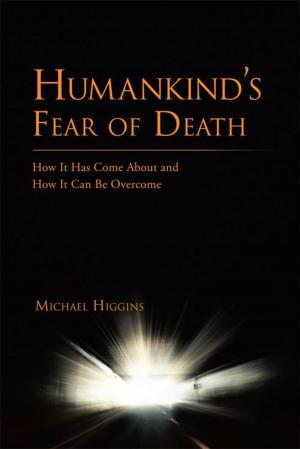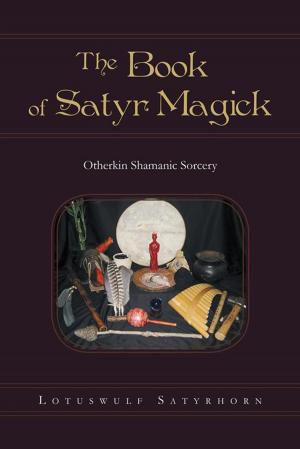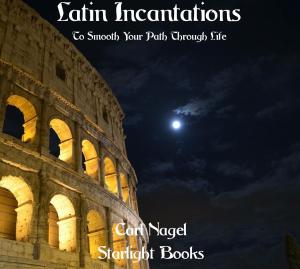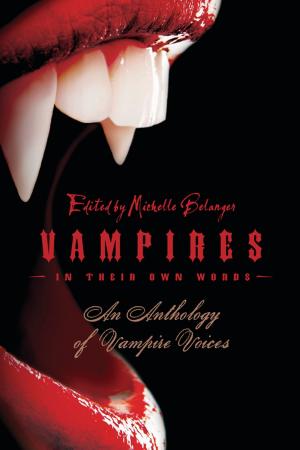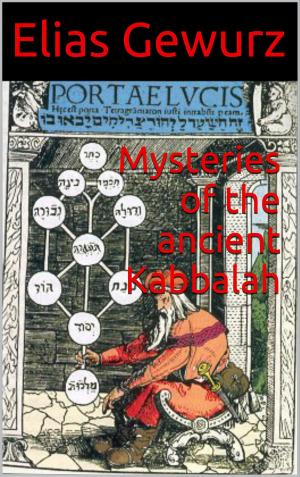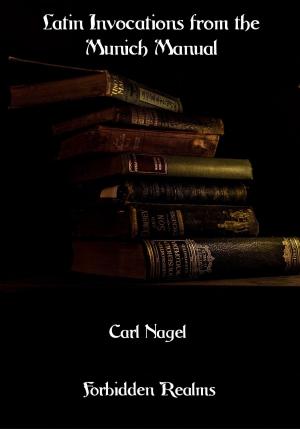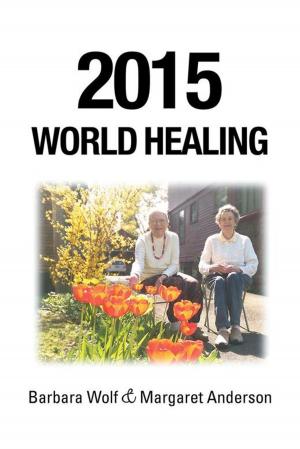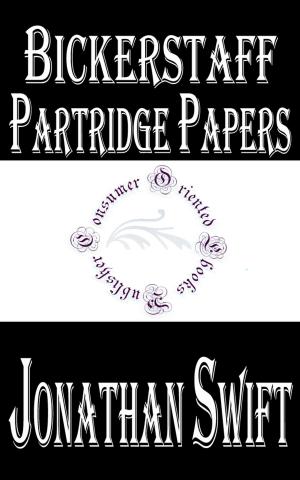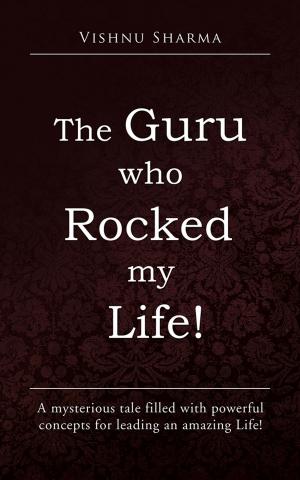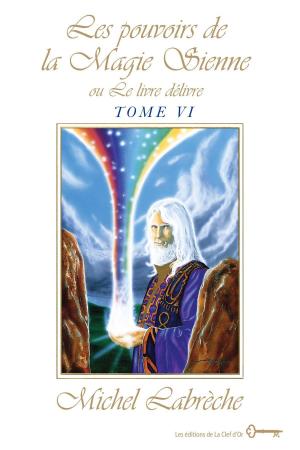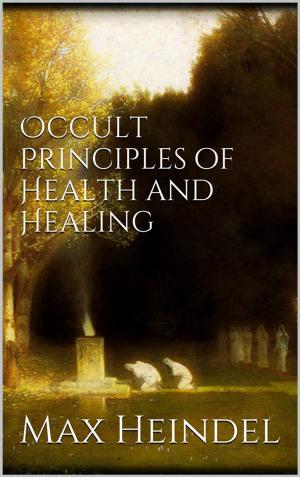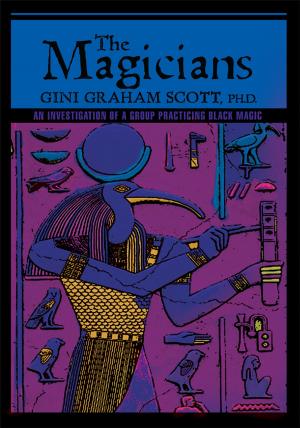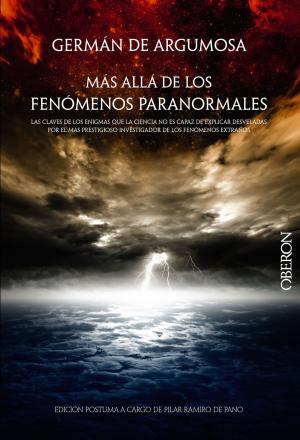The Hermetic Museum of the Alchemist Vol 3
Nonfiction, Religion & Spirituality, New Age, Magic Studies, Occult, Occultism| Author: | Arthur Edward Waite | ISBN: | 9786050368468 |
| Publisher: | Arthur Edward Waite | Publication: | March 28, 2015 |
| Imprint: | Language: | English |
| Author: | Arthur Edward Waite |
| ISBN: | 9786050368468 |
| Publisher: | Arthur Edward Waite |
| Publication: | March 28, 2015 |
| Imprint: | |
| Language: | English |
OUR Magistery consists of three parts: the first deals with the essential and substantial composition of our Stone; the second describes their manner of combination; the third the mode of chemical procedure. Our substances are "red ore," or matured Sulphur, and water, undigested Mercury, or "white ore." To these a vessel is added, a furnace, and a triple fire. In discussing their manner of combination, we have to consider their weight and the regimen. The weight is twofold, and so is the regimen: between them they produce the following processes—Calcination, Dissolution, Separation, Conjunction, Putrefaction, Distillation, Coagulation, Sublimation, Fixation, and Exaltation. The first two produce the black, viscous powder, by means of the "unnatural fire," a temperate, incomburent, and altering ignition. There is then a further change into a mineral water. The three operations Which follow are the result of the first and third fires, namely, natural and contra-natural, and "circulate" the substance, until the gross is separated from the subtle, and the whole is evenly tempered, the separated elements being then recombined, impregnated, and putrefied.
OUR Magistery consists of three parts: the first deals with the essential and substantial composition of our Stone; the second describes their manner of combination; the third the mode of chemical procedure. Our substances are "red ore," or matured Sulphur, and water, undigested Mercury, or "white ore." To these a vessel is added, a furnace, and a triple fire. In discussing their manner of combination, we have to consider their weight and the regimen. The weight is twofold, and so is the regimen: between them they produce the following processes—Calcination, Dissolution, Separation, Conjunction, Putrefaction, Distillation, Coagulation, Sublimation, Fixation, and Exaltation. The first two produce the black, viscous powder, by means of the "unnatural fire," a temperate, incomburent, and altering ignition. There is then a further change into a mineral water. The three operations Which follow are the result of the first and third fires, namely, natural and contra-natural, and "circulate" the substance, until the gross is separated from the subtle, and the whole is evenly tempered, the separated elements being then recombined, impregnated, and putrefied.

